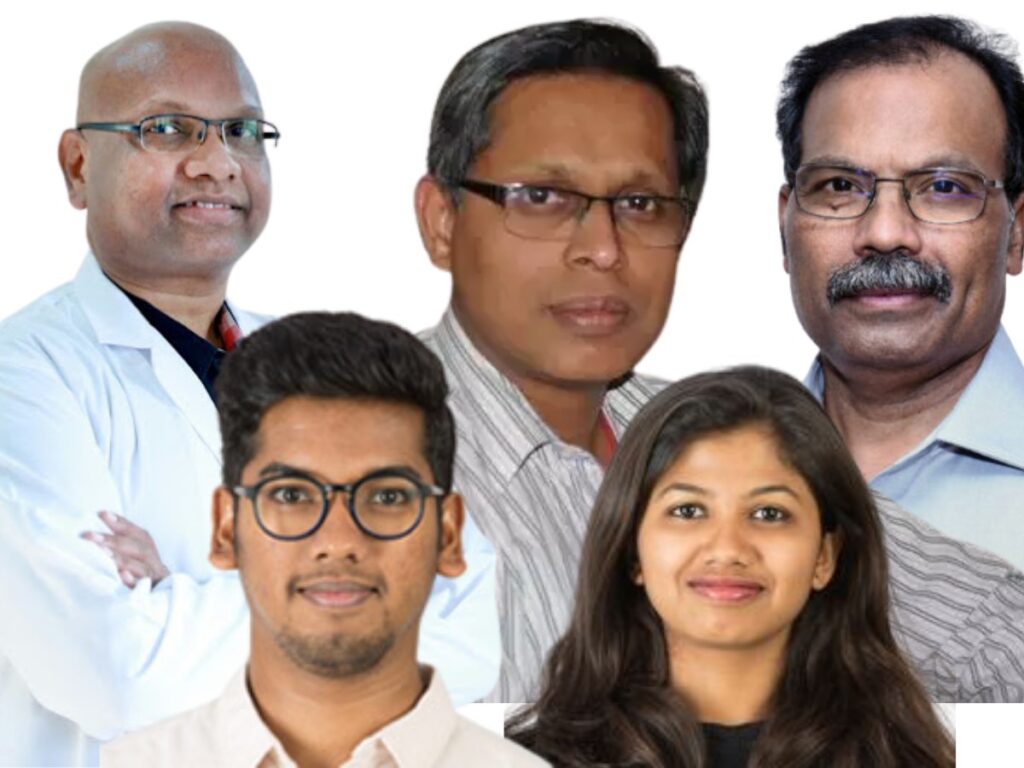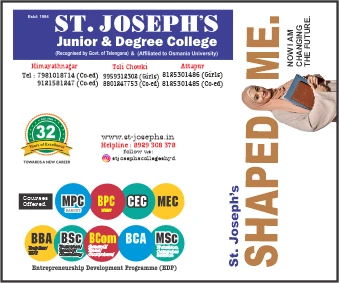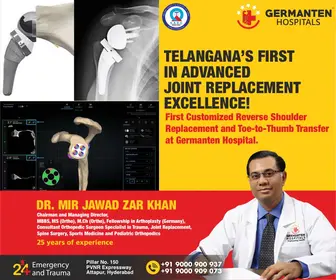
The high incidence of a type of Spondylitis in the Reddy community living in a particular region of Andhra Pradesh has been identified by medical experts.
The disease called Ankylosing Spondylitis is a type of arthritis that causes inflammation in the joints and ligaments of the spine.
A study by the Hyderabad-based, CSIR-CCMB has identified that one of the main reasons for this high incidence is the practice of endogamy or marrying within small communities and presence of the HLA B 27:04 risk gene, a genetic variant that increases the likelihood of developing a disease.
“We found a high incidence of ankylosing spondylitis disease in the Reddy community, who dwell in a specific geographical region of Andhra Pradesh,” said Dr. Sarath Chandra Mouli Veeravalli, Rheumatologist from Krishna Institute of Medical Sciences, Hyderabad, and one of the authors of this study.

bottom left: Dr Divya Tej Sowpati, bottom right: Dr Pratheusa Machha
High risk marriages
Marrying close relatives or within small communities is a high risk factor for population-specific diseases, says the latest study by the Centre for Cellular and Molecular Biology (CCMB). India is a land of rich cultural and genetic diversity with numerous distinct populations. Earlier studies have shown many population-specific hereditary diseases. Such diseases are most often associated with novel genetic mutations.
Earlier studies have also shown the high risk of congenital diseases in consanguineous marriages, which is marriage between two people who are closely related by blood. This can include first cousins and second cousins. These marriages are common in South Asia, North Africa, and the Middle East.
Thangaraj leads study team
The CCMB study led by Dr. K Thangaraj, CSIR Bhatnagar Fellow explains that persistent practice of endogamy, viz. marrying within small communities, is the primary cause for population-specific diseases in India. The findings have been recently published in the Journal of Genetics and Genomics.
He said, “Our study forecasts the impact of endogamy in causing population-specific genetic diseases and drug responses. This emphasizes the need for appropriate genetic screening, counselling and clinical care for the communities that are vulnerable to various health conditions.
“We have analyzed 281 high-coverage whole exome sequences from four anthropologically distinct populations. We examined several key factors, such as extent of inbreeding and novel genetic variants in populations. We also looked at pharmacogenomics markers that influence drug metabolism to understand why different drugs seem to work differently in different populations,” said Dr Pratheusa Machha, lead author of the study.
Genetic variants
In addition, the authors found a significant number of disease-causing genetic variants, many of which are unique to specific populations.
This study also uncovered novel genetic variants associated with drug metabolism, with implications for personalised medicine, especially in response to some of the common drugs, such as tacrolimus (an immunosuppressive drug) and warfarin (an anticoagulant drug).
“We observed genetic variations in the genes that alter the drug response, which differ across populations, and hence provide opportunity for developing targeted drugs and improving health outcomes”, said Dr Divya Tej Sowpati, co-author of the study. ”
Dr. Vinay K. Nandicoori, Director, CSIR-Centre for Cellular and Molecular Biology said, “This study reveals a major step towards our understanding of the genetic underpinnings for India’s unique genetic architecture. This is important in the development of more effective diagnostic and therapeutic strategies.
Well-defined populations
In a landmark study in 2017, a global consortia led by the CCMB and Harvard Medical School found that “South Asia is inhabited by about 5,000 anthropologically well-defined populations, many of which are endogamous (marrying within a population) communities with significant barriers to gene flow due to sociological, linguistic and cultural factors that restrict inter-population marriage. Several diseases that are specific to populations of South Asia have been identified in the past. However, the genetic causes for the vast majority of population-specific diseases are largely unknown.



